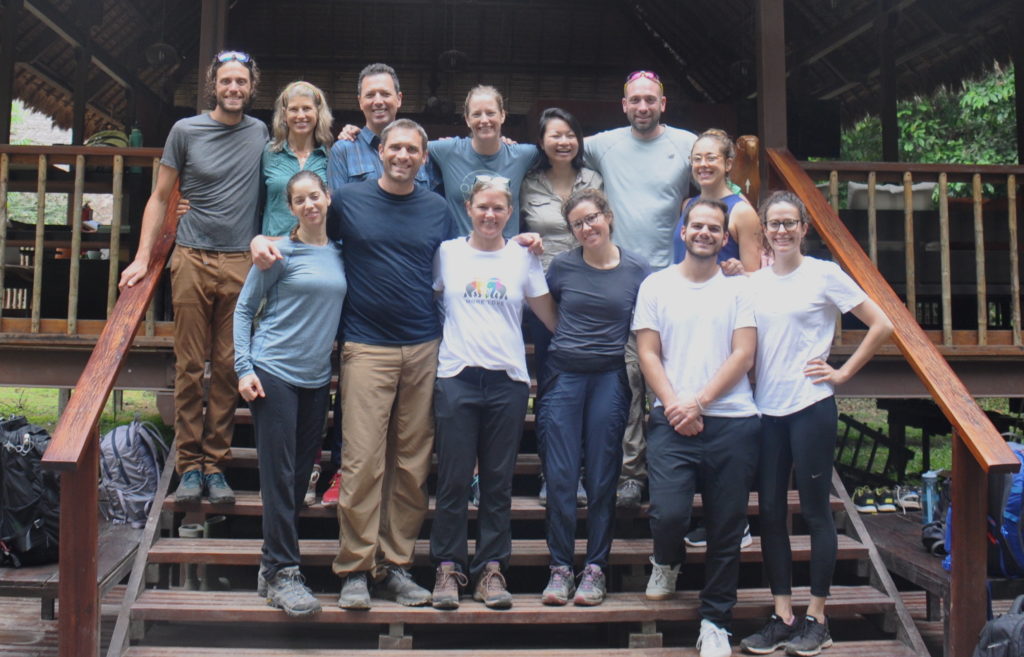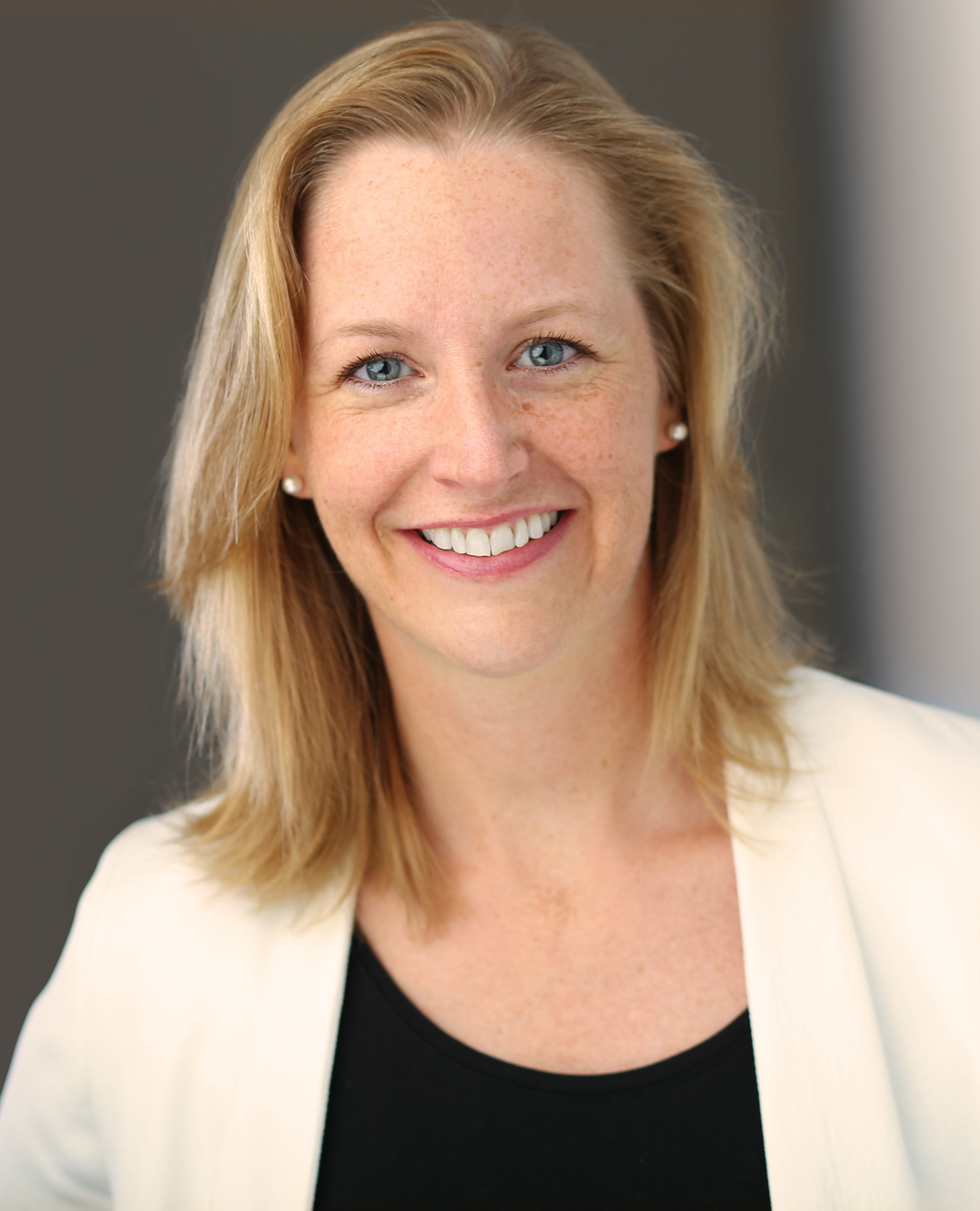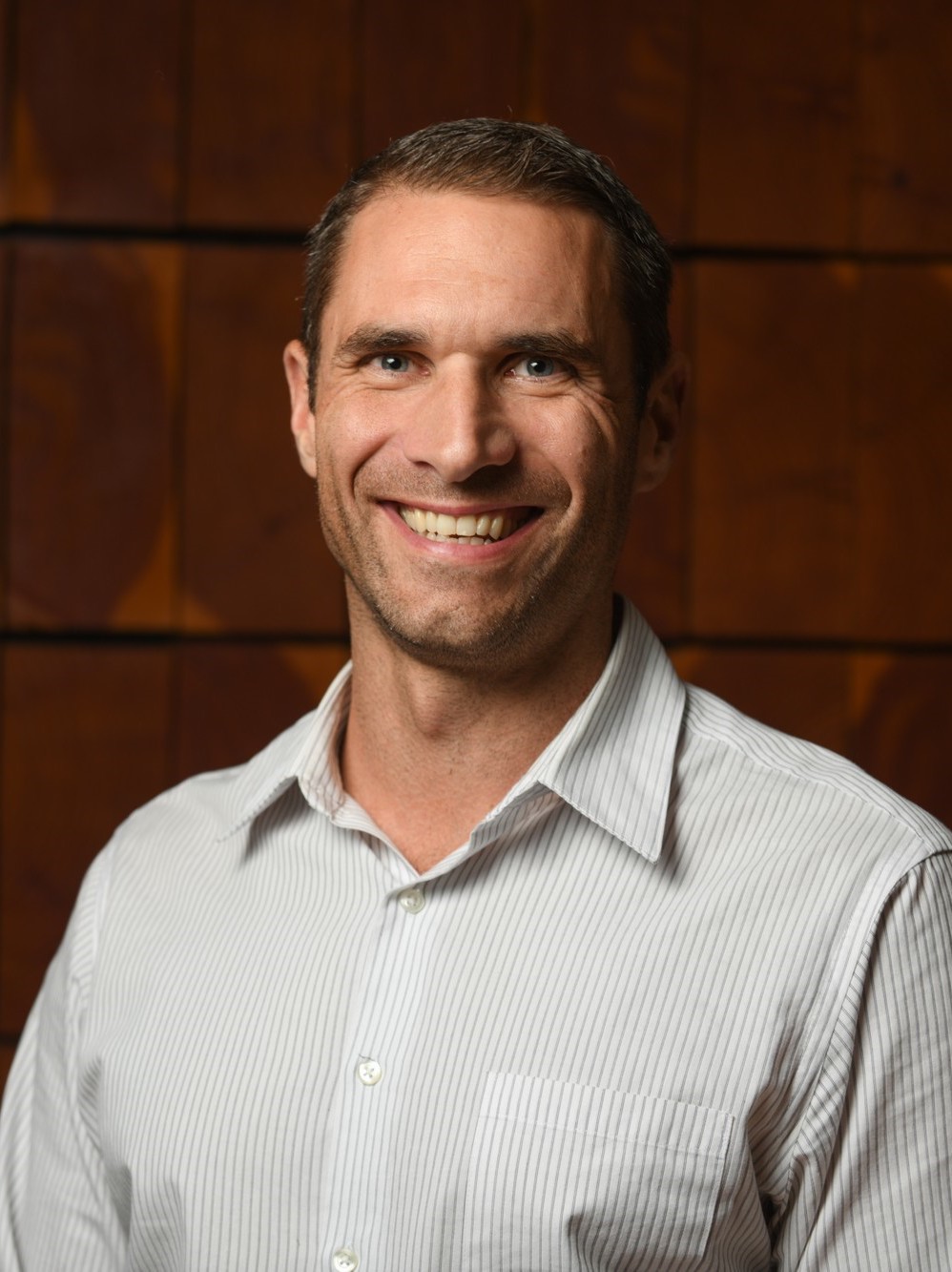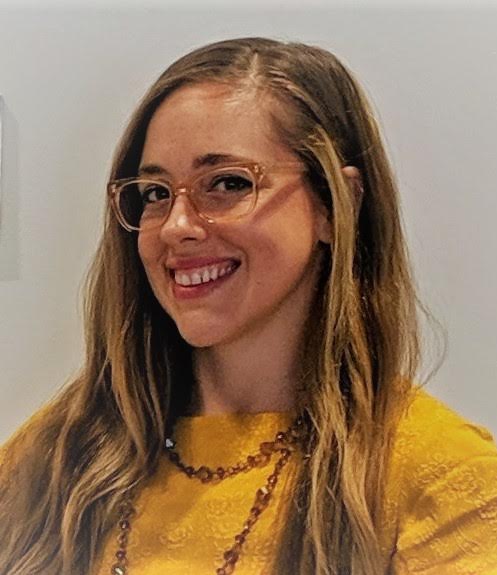
Last month, ten outstanding leaders from CEF member companies — chosen from a highly competitive field of applicants — attended the CEF Sustainability Leadership Development Program, “Harnessing Collaborative Leadership to Achieve Sustainability at Scale” led by Bruno Sarda, President, North America, CDP and CEF Advisory Board Member and Julia Novy-Hildesley, Professor of the Practice and Executive Director of Stanford’s Change Leadership for Sustainability Program.
Here are the reflections from the winners:

Lynda Clemmons, Vice President, Sustainable Solutions, NRG Energy
Trying to capture my thoughts on the week we spent with Rainforest Expeditions in the Amazon, I continue to smile as I relive the small moments. Of course, there were big moments too. Like the jaguar sighting moments before the big storm blew in and soaked our boat – and most of us in it.
But the adventure and bonding, most of it occurred in the moments we spent learning the small facts that accumulated over the week. Starting with the fact that some trees can walk in the search for resources, whether it’s for light, or space, or sustenance. In the jungle, and in life, every creature searches for their own competitive advantage, but is also reliant on other creatures to achieve their best.
This is something we saw firsthand again and again.
The success of the entire jungle relies on the smallest organism in the soil to the bats in the sky to survive against what feels like insurmountable odds. Yet when the rainy season comes, the river rises and the flooding begins, most plants and animals have built-in methods of coping. To wit, termites build their nests halfway up a tree trunk so they don’t get washed away.
In such an interconnected ecosystem as the Amazon, it’s ironic that many of the individual plants and animals are highly specialized. There’s diversity in the whole system but not every individual is able to adapt. For instance, there is only one kind of bee that has the strength to pollinate the Brazil nut, an important source of food and protein. And only one kind of animal can break the nut open and spread the seeds. That one bee is drawn only to a certain orchid and, even if you preserve the Brazil nut tree but cut down those trees that support the orchid, you’ve doomed the Brazil nut as well as the neighboring trees.
While sharing meals or heading to the Macaw Clay Lick, our group conversed about everything from the Peace Corps and Patagonia, to potato purchasing and piranhas. We talked about adaptation and developing a growth mindset necessary for adaptation and asked ourselves questions such as: How do we learn to navigate and actually create change, rather than just react to it, in our own corporate ecosystems? We used that time to learn from each other our own methods of adaptation.
One of my personal adaptations will be in some of the consumer choices I’m making in my life. Issues like palm oil and sustainable farming play a role in how I choose my day-to-day products. But physically walking through impacted areas and observing the creatures that might not be around in another generation was very sobering.
As I’m building a house and considering the materials, I have come to a complete reversal on the use of South American hardwoods. This may seem trivial and a drop in the bucket (and most certainly a first world problem), but it’s now important to me to share what I’ve learned and hope to make the impact go beyond me.
I’m grateful for the patient counsel of our trip leaders and others who answered my questions without ridicule for what was obvious to them. For example, there is no such thing as sustainable logging of trees that are hundreds of years old (think Ipe wood). The habitat lost from such activity and the overall impact on climate is devastating. I still love the design and the look of those materials, but I will recreate it in other ways.
The human impacts on this precious ecosystem go beyond clear cutting too. One morning, we were able to watch an incredible sight; a family of giant river otters ate catfish and cavorted and snuggled with each other in a small lake. They were adorable and incredible to watch. Sadly, illegal mining in the area is tearing up the rainforest and the polluting the surrounding water with mercury – killing off the life within the river and threatening the lives that depend on it. The distance from that otter family’s lake to the closest polluted waterway was mere miles and the probability that the otters will not survive much longer is real.
There are were more examples humans making the jungle an even more inhospitable place for the creatures who call it home. However, there are some bright spots.
The work being done by the Macaw Research Center around hatchling survival and nutrition is incredibly interesting. Did you know that macaws only raise one hatchling at a time even if others are born in the typical clutch of two to five eggs? The research center has openings for volunteers who want to go and assist with their work. Several times we climbed a slightly shaky 120-foot viewing tower to be awed by macaws, toucanettes, ospreys, vultures and other big birds as they move on top of the canopy. It was an exhilarating opportunity to witness parts of the jungle that are still pristine.
And the host of our journey, Rainforest Expeditions, is providing truly insightful and impactful ecotourism that benefits the surrounding communities. They employ locals and give back huge portions of the lodge revenues that have helped the community create schools and infrastructure that very possibly would not have existed otherwise.
I feel a strong bond with my fellow jungle travelers. We endured weather, and sickness, and insects, and falling trees, but we also celebrated birthdays, exposed our insecurities, and shared our stories. My respect for them only grew during the week and I look forward to lifelong connections and friendship. Thank you, CEF, for the opportunity to take this wonderful journey and thank you to Julia, Bruno, Claudia, and Fernando for keeping us safe, educating us, and causing some of us (like me) to rethink our roles and misconceptions and the impact we all can have.

Margaret Fenwick, Manager, Corporate Sustainability Engagement, BASF Corporation
I have come back from CEF Leadership Development Retreat with a renewed sense of the critical importance of the sustainability field as a whole and a renewed vision of how to effect lasting, resilient change in my company. I could not have asked for a more inspiring and talented cohort of colleagues to share the experience with. I am grateful for the five-star trip leaders and the meticulous planning involved. Only CEF has the convening power and authentic commitment to deliver such a meaningful experience to its members in one of the most amazing places in the world.

Jeff Halvorson, Senior Manager, Global Sustainable Agriculture, PepsiCo
The inter-connected nature of the forest was a perfect backdrop to discuss some of the systemic challenges around sustainable agriculture, as the Amazon provides such clear examples of how a functioning system relies on mutually-beneficial relationships and ‘functional redundancy’ to work properly. It’s a delicate balancing act, one that involves constant adaptation and high levels of inter-dependency as everything competes for scarce resources. And upon deeper review (and with the help of some amazing guides), we got to see the fragile foundation that supports such abundance of flora and fauna – including a jaguar (seriously, we saw a jaguar).
Indeed, it was absolutely staggering to see just how 2-3 inches of topsoil support such a diverse ecosystem, how the viability of the entire Amazon rests on soil about as thick as the sole of my shoe. It’s hard not to see the parallels between the Amazon and our global food system, two massive and complex systems that rely on under-appreciated actors like bats and farmers to properly function. In both systems the iconic brands or animals get the attention but every single one of us depends on these foundational actors for our own sustainability.
As our guides stressed the importance of these forest building/maintenance species, I thought about the resilience of our farmers (the ability to adapt to/bounce back from myriad shocks) as fundamental to our own resilience as well as the role of partnerships in creating an environment in which they thrive. Speaking of partnerships, my team has come to see them as both means to an end as well as a new way of doing business, an operating philosophy that recognizes the need for cross-industry and -sector collaboration to tackle the systemic issues that challenge the sustainability of our farming communities. Pressure testing that philosophy with a group of amazing and talented people was a unique gift and I am so grateful to them and CEF for the chance to think about my job (as opposed to simply do it) from a whole new perspective.

Paul Hendricks, Senior Manager, Environmental Responsibility, Patagonia
It’s rare that we get a chance to truly take a step back from our jobs reflect on why, what, and how we work to make the world a better place. The leadership summit not only delivered that opportunity, but was framed within one of the most diverse and rich ecosystems in the world. Being able to observe complexity, resiliency, and adaption in our surroundings and then apply those concepts to ongoing conversations with other participants about work and purpose was incredible.

Tiffani Jarnigan, Sustainability Manager, Hewlett Packard Enterprise
For most of us who grew up in a built environment, we learned to exist in this world largely ignoring our senses. If we listened closely to each sound we heard, paid attention to every disturbance that entered our field of vision or inhaled deeply each scent we encounter daily – we’d likely go mad. This was one of the starkest differences in how Claudia and Fernando (our guides) taught us to experience the jungle. Each rustling leaf, snapping twig or faint cry in the distance held significance. Every sight, sound or smell represented an opportunity to see or experience one of the thousands of lessons the jungle had to share. In order to truly experience the jungle, we had to tread lightly on the path, listen carefully instead of chatting, and practice patience.
At first the jungle was not quite what I expected. I had an image in my head of a lush forest brimming with bright, tropical flowers, monkeys swinging from branch to branch in a steady stream overhead, and other wild animals around every curve. (I know, stereotype much?) In contrast, what I first saw was a dense, lush forest painted every shade of green imaginable. It was easy to walk along the trails, happily chatting with the other participants about their jobs, stopping every now and again to avoid stomping on parades of leaf-cutter ants and casually raising binoculars to see dozens of different birds. During the week, what I came to realize was that there was infinitely more to see – but only if we stopped talking and began to truly listen and observe. With tremendous patience, Fernando and Claudia would scan with all their senses as we walked through the jungle, noting the presence of difference seeds which indicated what animals had been eating nearby, hearing groups of monkeys in the distance and predicting what direction they were heading and at times, the exact route that they would take. Their knowledge was impressive and expansive – but what they really taught me, was their extraordinary capacity to pause and observe, truly listening and watching, and the fruit that thoughtfulness came to bear.
This year’s program theme was around harnessing collaborative leadership to achieve sustainability at scale. I’ve found myself reflecting on what this means. One evening, one of the participants reminded us that we all have our own story. Each of us has been shaped by the people and experiences in our lives. It’s that precise diversity of background and thought that makes us a stronger unit together than divided, despite what current politics would have us believe. The jungle thrives on this diversity, each species stronger collectively than standing alone. It served to remind me just how important it is to be working in sustainability. We are the small teams at companies, often doing the thankless, unseen work, not only to help the company thrive, but also to help our world survive against some very real threats.

Bonnie Lei, Project Manager, AI for Earth, Microsoft
Two hours by van from the nearest airport, and an eight-hour journey by boat upstream, we were as deep into the Peruvian Amazon as visitors are allowed to go. On one of our first nature treks on the trails around Tambopata Research Center, our guide Claudia asked us “What is the most important part of the rainforest ecosystem?” We could hear the hoots of howler monkeys echoing across the canopy, see the occasional scarlet or sapphire bursts of macaws flying overhead, reach out and touch the trunk of the massive kapok tree by us. But the most important part of the world’s most biodiverse ecosystem was something more understated: the decomposing detritus matter underfoot. A process that most of us overlooked is crucial for cycling nutrients in the system to sustain subsequent plant and animal life.
I feel incredibly lucky to have had the opportunity to participate in the 2019 CEF Sustainability Leadership Development Program. This program provided valuable time and space for us to learn from the complex environmental systems around us, from stimulating discussions with our fellow participants, and from ourselves through self-reflection. Getting to spend a week in the heart of the Amazon with some of the most passionate, bright, and caring people – this has been an experience that has inspired me to tackle bigger problems, challenged me with new perspectives and ideas to consider, and reinvigorated me with energy to keep fighting to protect our vital ecosystems.
Claudia’s question is just one example the many rainforest metaphors that I keep reflecting on after returning to my job leading strategic partnerships and grants for Microsoft AI for Earth. How can I be the decomposing detritus for the collaborative projects I want to initiate? How can I build the nurturing foundation and framework that will allow partners to scale and be self-sustaining? This may not be the most glamorous or visible work, but stepping back and enabling others is crucial for overall successful partnerships.
I am also deeply grateful for the relationships I have formed with the other participants, as well as Julia, Bruno, and Devon. As we sweated copiously together over the course of a week, we also shared our personal and professional challenges. Being that open and vulnerable allowed us to connect, understand, and support each other. I am proud to know and continue to work with this network of incredible people as we strive to build a more sustainable future.

Karyn Margolis, Executive Director, Sustainability, The Estée Lauder Companies
Whether you work in sustainability or not, the opportunity to immerse yourself in the rainforest for a week is life changing. But to spend the week with a cohort of engaging, compassionate, witty and smart sustainability leaders and our guides and program leads who all brought varying perspectives and deep knowledge, was truly transformational. We all grew in some way from our interactions during our week together learning about the complex systems and about each other in the Tambopata Reserve.
We were fortunate to be in a protected part of the Amazon that has not experienced the fires that recently devastated the Brazilian Amazon. But we learned about other threats, such as the effects of gold mining and the resulting infusion of mercury into the waterways that is destructive to aquatic life and further endangering species like the giant river otter. We also learned about the importance of education, such as teaching the local communities how to sustainably harvest the palm fruit from the natural growth palm forest instead of their previous practice of cutting down the trees to access the fruit. We experienced climate change firsthand when it didn’t rain until our final days in the rainforest, despite it being the rainy season.
The rainforest helped change my perspective in small ways. Take bats, for instance. Bats terrify me. But it’s hard to avoid bats in the rainforest at night. Bats flew far too close to my face for my liking on a solo forest night walk and while walking down the lodge corridor early in the morning. It took a lot for me to muster the courage to continue through them. But then I learned that bats play one of the most vital roles in the rainforest ecosystem by controlling pests and by pollinating and dispersing seeds that support reforestation. While I still don’t want bats flapping in my face, I developed a new appreciation and respect for bats and confidence that they had no interest in harming me – they were just doing their job. A week in the rainforest also teaches you about resilience. Every time we walked in the forest, we witnessed the resilience of the animals, insects and vegetation in the ecosystem. And many of us experienced resilience personally as we struggled with illness in the rainforest. Our group supported each other and built bonds that will continue to connect us. Thank you CEF, Rainforest Expeditions and our incredible leaders, Bruno Sarda, Julia Novy-Hildesley and Devon Edwards, for giving us this transformative experience that I will never forget.

Olivia Ostrand, Global Supply Manager, Apple
We all converged to Peru filled with anticipation for the week to come – leaving behind our standard routine, familiar faces, work meetings, and e-mails. In our new Amazon home, we embraced commuting by riverboat and waking up at 4:30AM so that we could spend our morning observing the wildlife wake up as well. This included excursions to see endangered giant river otters, colorful macaws at the clay lick, and a variety of other “five star” birds seen from the canopy viewing tower. We fell asleep after night walks to the ominous sounds of howler monkeys and a symphony of insects and frogs. We embraced the change in our daily lives.
Through our hikes, a discussion with a local Ese’eja community member at Posada Amazonas lodge, and conversations with our fantastic guides Fernando and Claudia – we built an appreciation for the rainforest and the lives it supports and protects. Unfortunately, we also learned how fragile and vulnerable the rainforest is as well – with illegal gold mining and other factors threatening the ecosystem and wildlife.
As we started our last journey by river boat down the Tambopata River, we experienced the first real hard rain of our trip. Although we were getting completely soaked, we were all laughing and smiling – enjoying the last ride down the river together and the beautiful landscape as it passed by. Our journey was coming to an end and we were leaving with new friendships and new perspectives.
Everyone on the trip came with an open mind – ready to listen, share, build upon each others’ viewpoints, and challenge each other to consider new perspectives or approaches. We created a community built on trust very quickly and gently pushed ourselves to go outside of our own comfort zones. We were fortunate to have Julia and Bruno lead our group’s sessions and help us think deeper about story-telling, personal resilience, and optimizing for peak performance. Devon did an incredible job coordinating the trip logistics and developing a fantastic agenda for the week along with Bruno and Julia. Our guide, Fernando, had a sixth sense for wildlife and was always on the lookout for birds, monkeys, and jaguars, so that we would have an opportunity to appreciate their beauty. Claudia, a biologist, brought a scientific perspective to our explorations that made this trip incredibly special.
Although I have returned to my daily routine, I have a refreshed appreciation for the work I am able to do and the impact it can have. I’ve been reminded to invest in my own resilience – to take time to connect to others, to seek to become more adaptable through constant learning and growth, and to support and foster an environment that fuels innovation. Thank you, Corporate Eco Forum, for this incredible opportunity.

David Paul, Senior Leader of Supply Chain, Flat Rolled Products, Allegheny Technologies, Inc.
From a clifftop vantage along the Tambopata River, our Sustainability Leadership Development Program group was getting a glimpse into how our planet looked prior to human impact, and certainly how it looked well before the word “sustainability” had an opposite. Looming across the river was Peru’s Tambopata National Reserve, and thanks to the river, the entire tree line from riverbank to canopy was visible as if someone had taken a slice out of the forest. So thick is this area with life that we could see only the outside edge of nature’s last stronghold; beyond the wall of trees is a place so perfectly balanced and harmonious that most humans are no longer invited.
Much like The Jaguar, the concept of working with nature has become elusive to modern civilization. We as humans have reinvented everything artificially just to achieve a lot of the conditions and products that nature has provided for us all along. Our continued negative impact on this planet just perpetuates the cycle. The privilege of joining CEF’s Sustainability Leadership Development Program assured that I, along with nine other wonderful professionals, would be immersed in an environment that reconnected us with the cycles of nature and forced us to take a hard look at how the business practices of our respective companies disrupt those cycles.
I can objectively say CEF’s 2019 Sustainability Leadership Development Program has crafted ten sustainability professionals who now have a heightened awareness and consciousness about how their company’s respective business decisions impact a lot more than just a quarterly bottom line. From long term financial gains to the preservation of natural resources, any time you can work with nature there are windfalls to be captured. I know that seeing the symbiotic forces of the rainforest first hand is going to generate ideas and actions in our careers that otherwise may not have arisen. We saw ants join forces with trees to fend off vines, trees with “legs” slowly walking across the forest floor in search of sunlight, and macaws gravitating towards what is seemingly an erosion byproduct, clay, to fulfill their sodium needs. Applying these concepts to the mindset and operations of doing business is what is going to lead to sustainable business practices; sometimes you must go to the rain forest to see the forest through the trees.
The long run success of this planet rests on sustainable business practices. Thanks to the CEF Sustainability Leadership Development Program, steps are being made to ensure that working with nature returns to the forefront of modern civilization. With dedication and a little luck, we may get to one day see The Jaguar that is the balanced relationship between humans and the planet that we call home.

Alenja von Winterfeld, Global Sustainability Supervisor, McDonald’s Corporation
My experience of the CEF Sustainability Leadership Development program in the Peruvian Amazon reached far beyond any initial expectations of what the week would hold. Being so far removed from the day to day London city & office work life, in an awe-inspiring and raw natural environment like no other, allowed me to bring an open mind and full readiness to embrace whatever the week would bring – in knowledge, experiences, values, and relationships with the inspiring group members.
On the first day in the Rainforest, I pushed myself out of my comfort zone, twice, including climbing up a canopy tower to a height far beyond what my inner fear of heights felt comfortable with, and doing a ‘night solo’ in the Amazon in the dark for 20 minutes – stood in silence taking in the sounds of the forest. Experiences like this brought a vulnerability to the group and made for a very open sharing environment from which deep and meaningful discussions forged throughout the week.
Fantastic guides joined us for several adventures throughout the week, sharing an insider perspective and profound knowledge about how the Rainforest ecosystem exists the way it does, how it practices tireless adaptation and resilience to thrive, as well as manmade challenges facing the Forest and its many inhabitants. I was fascinated to understand also about the relationship that local indigenous communities have towards the jungle and its plentiful resources.
While we weren’t out exploring, we shared our work experiences, challenges, and ambitions. In this trusting space, we allowed ourselves to be vulnerable and share freely, and I’m grateful to my fellow group members for this. Bruno and Julia led sessions covering tools and frameworks to drive collaborative leadership within and outside our companies to influence systems change, as well as how we as individuals can better utilize our networks and bring our core values to life in our work. Paired with the no less important informal dialogues and discussions during the week, the group built a strong bond and supportive network which I’m excited to be a part of now and in the future. I emerged from the forest with a renewed strength and sense of purpose to approach future work and personal challenges with bold intent, and am inspired by the tremendous work our other group members are leading. If the Amazon Forest taught us anything, it’s that the whole system is stronger than each individual part, so let’s strengthen and use our networks to tackle the challenges and opportunities that lie ahead!
